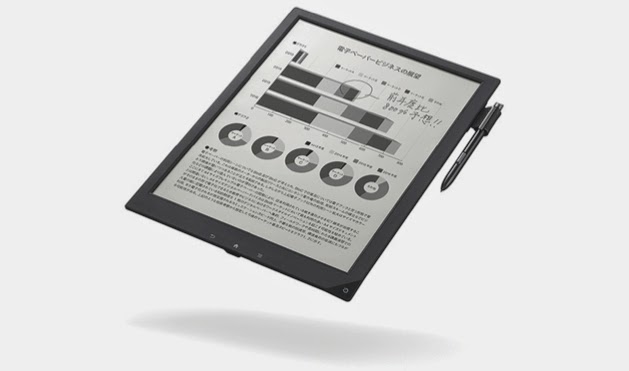Nanolasers on Silicon for Data Transmission
For quick transmission of data we rely on fiber optic cable.To ensure for more speed and seamless data flow researcher continue to new combinations of electronic and optical devices.
One of the promising research is growing lasers on silicon,the base layer of choice for electronic devices.
The lasers, called nanoneedles, are just one-tenth the width of a human hair and were developed by researchers working at the University of California, Berkeley.
By growing lasers on silicon wafers, the researchers are expanding the
ability of electronics to transmit data at capacities required by
next-generation consumer devices and systems.
Optical approaches such as lasers reduce power consumption and noise between components and increase speed.
To combine the strengths of silicon and optical laser materials, the
Berkeley researchers overcame two longstanding challenges that have
vexed researchers: 1) the mismatch between the crystalline structures of
silicon and III-V semiconductor material, an essential solid-state
laser material, and 2) growth temperatures that are incompatible with
current integrated circuit fabrication.

During the 10- to 15-minute crystal growth process, which occurs at
temperatures between 400° and 450° C, nanoneedles in the shape of
hexagonal pyramids emerge from a silicon base. These high-quality
crystals can reach several hundred nanometers and can be layered, doped
(i.e., other materials can be added to the crystal during the growth
process, resulting in a crystal that has additional properties) or
etched to create laser structures for device applications. The
nanoneedle geometry provides a natural laser cavity that traps light by
circulating it up and down the inside of the nanoneedle in a helical
fashion.
 Brain-computer interfaces(BCIs) plays a significant role in spinal cord injury,stroke or brain disease.It also helps to restore senses like sight or hearing or even memory.
Brain-computer interfaces(BCIs) plays a significant role in spinal cord injury,stroke or brain disease.It also helps to restore senses like sight or hearing or even memory.





